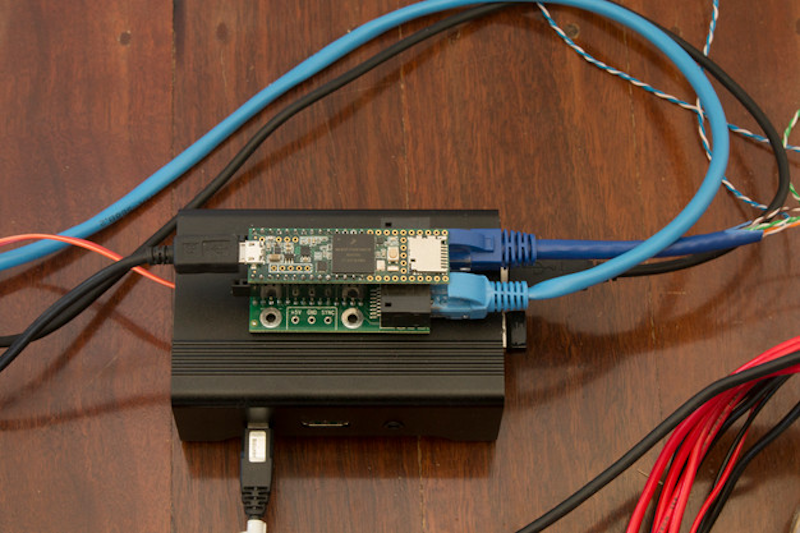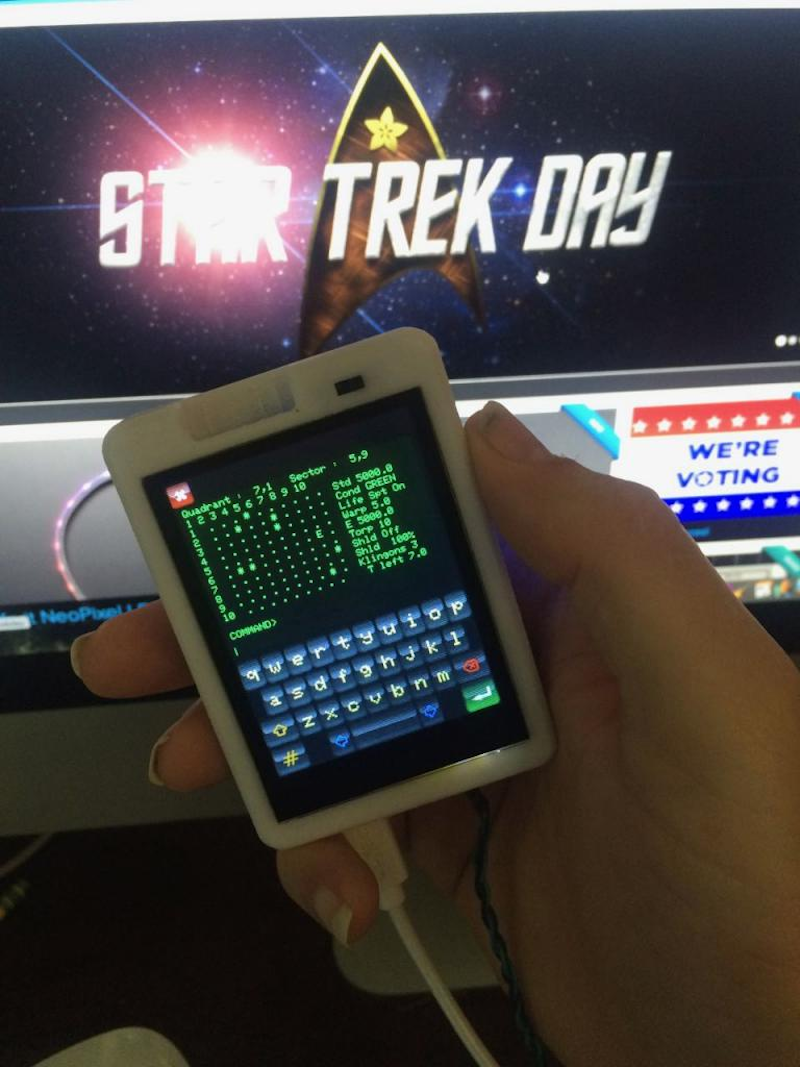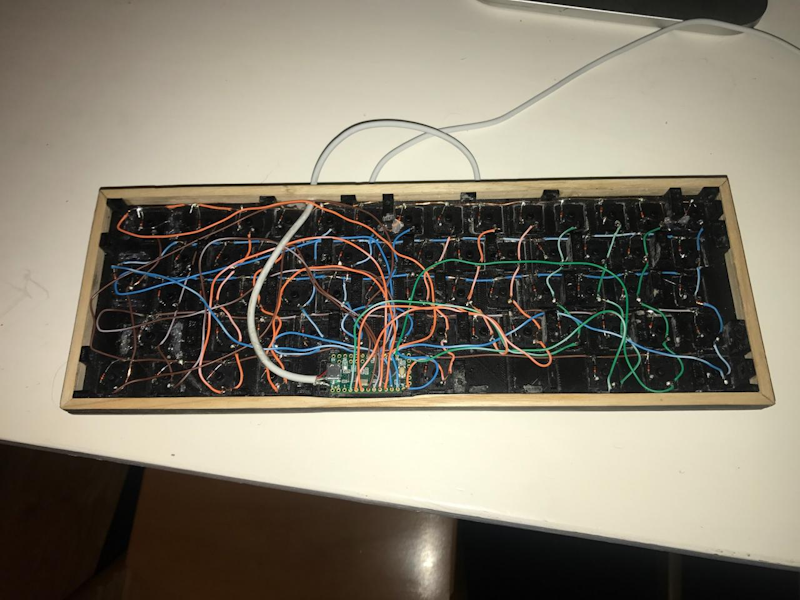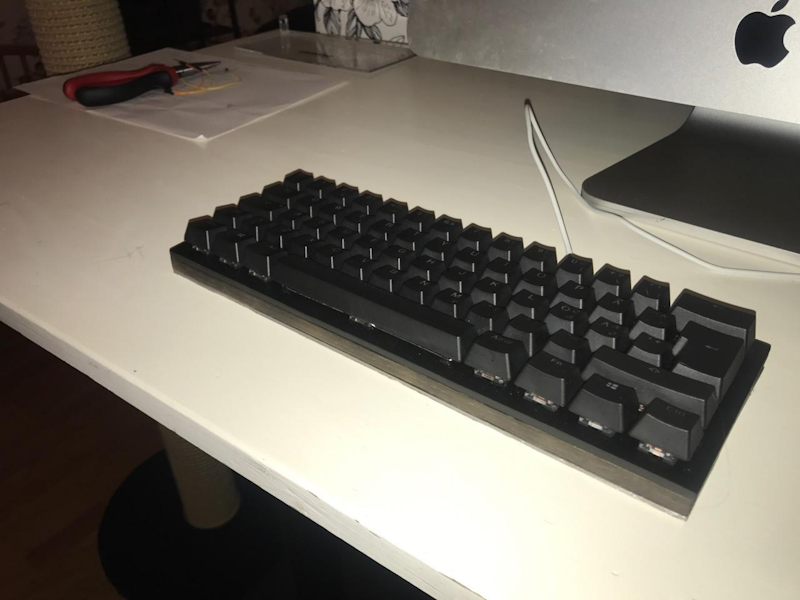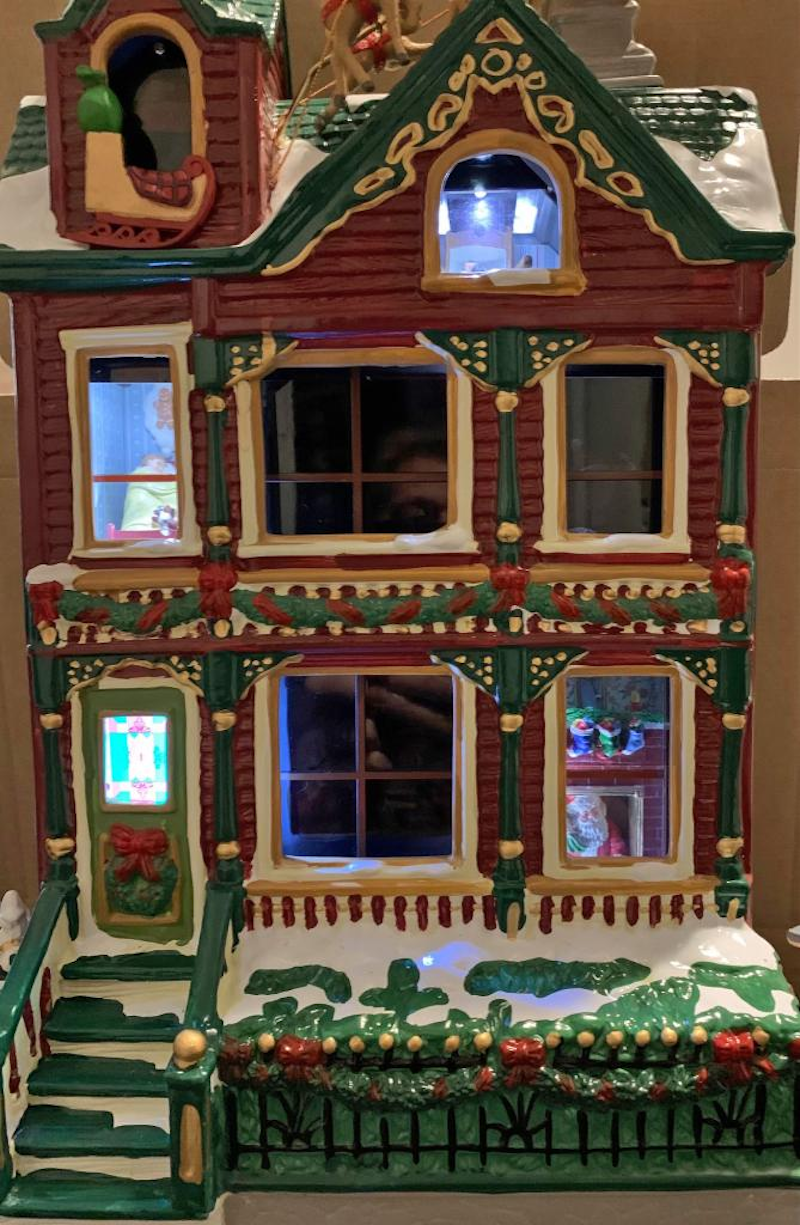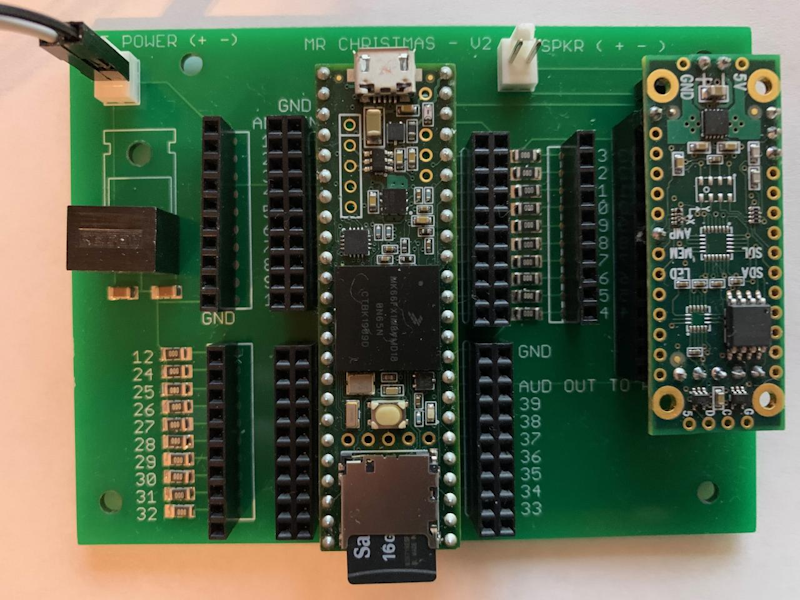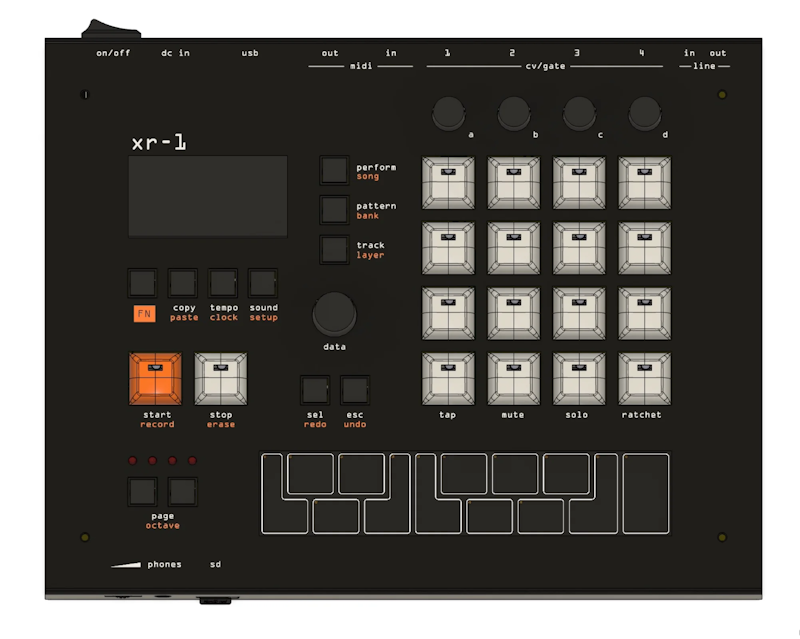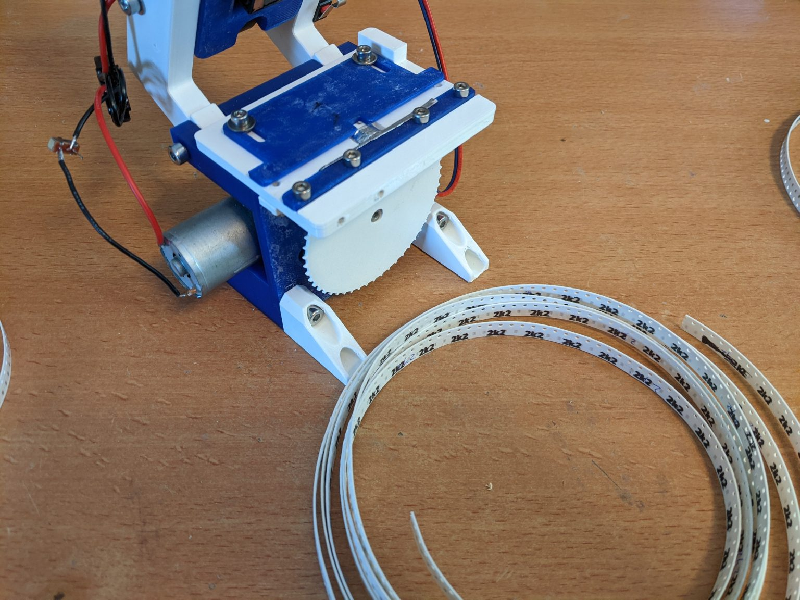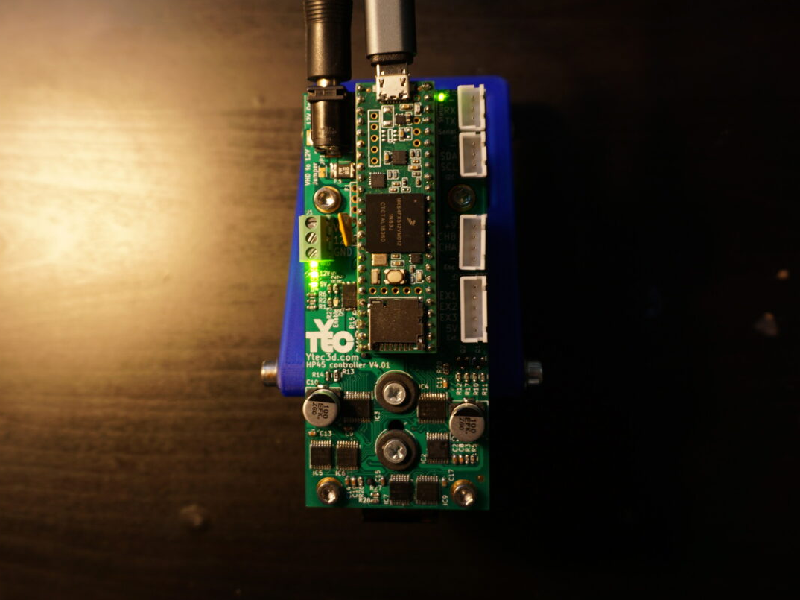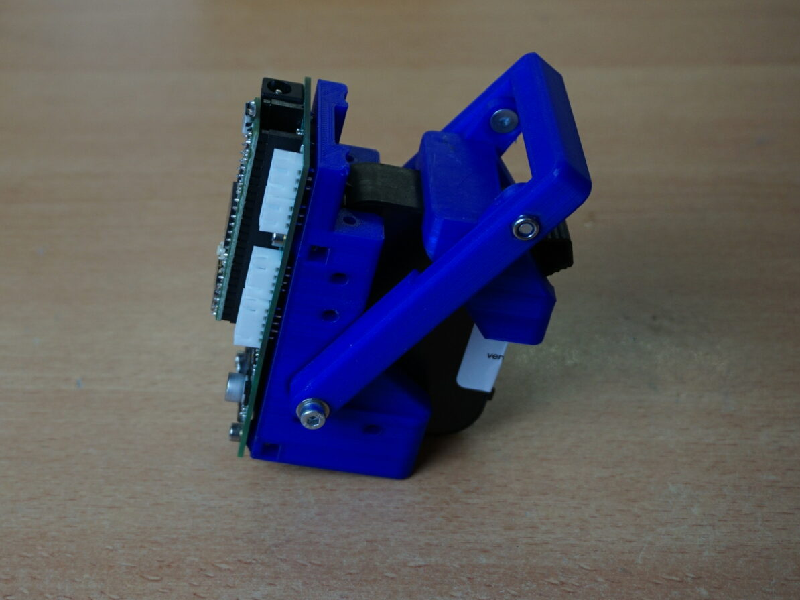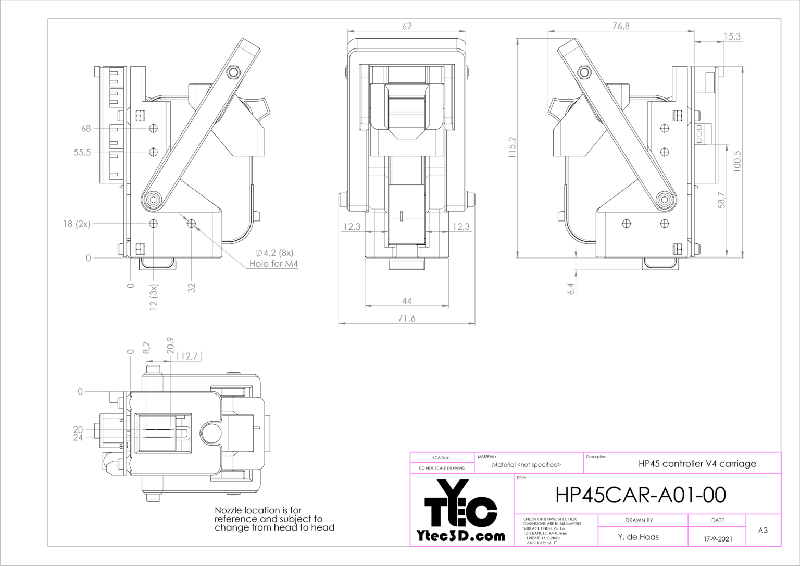What do you get when you cross a Teensy 3.6 with a Raspberry Pi 3B, 2448 RGB LEDs, a thousand pieces of origami, and a papier-mâché sculpture?
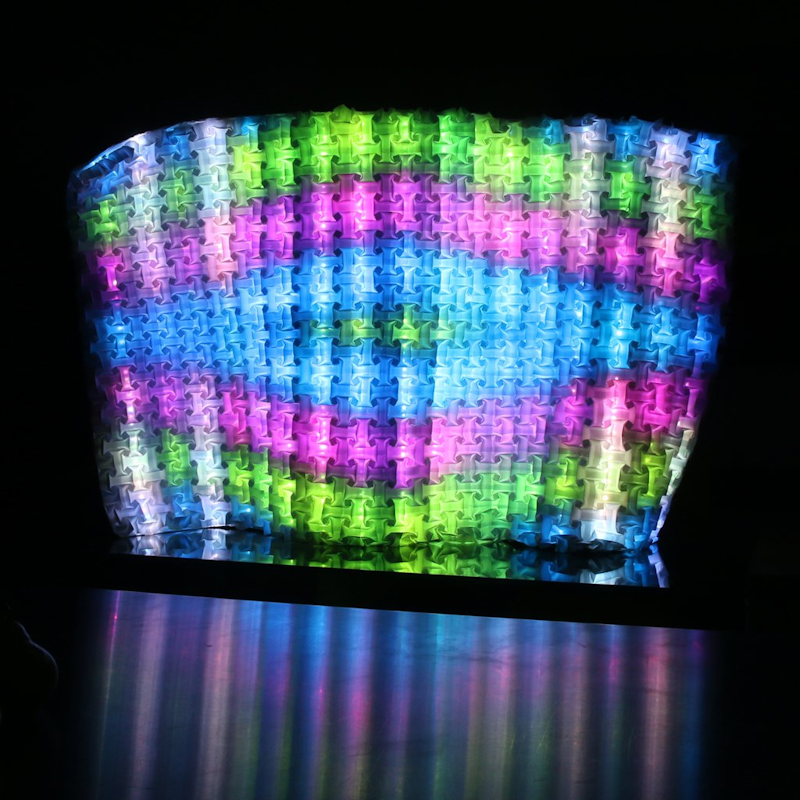
If you’re PJRC forum member beil, the answer is Wefted Waveforms, an “interdisciplinary light sculpture” completed as part of their Visual Arts degree at Queensland University of Technology in Brisbane, Australia.
The project uses gLEDiator to animate the LEDs, along with our OctoWS2811 Adaptor to wire them up. A detailed write-up can be found on the Core Electronics project site, and a rather hypnotic video of the Wefted Waveforms in action can be seen in the video below.
